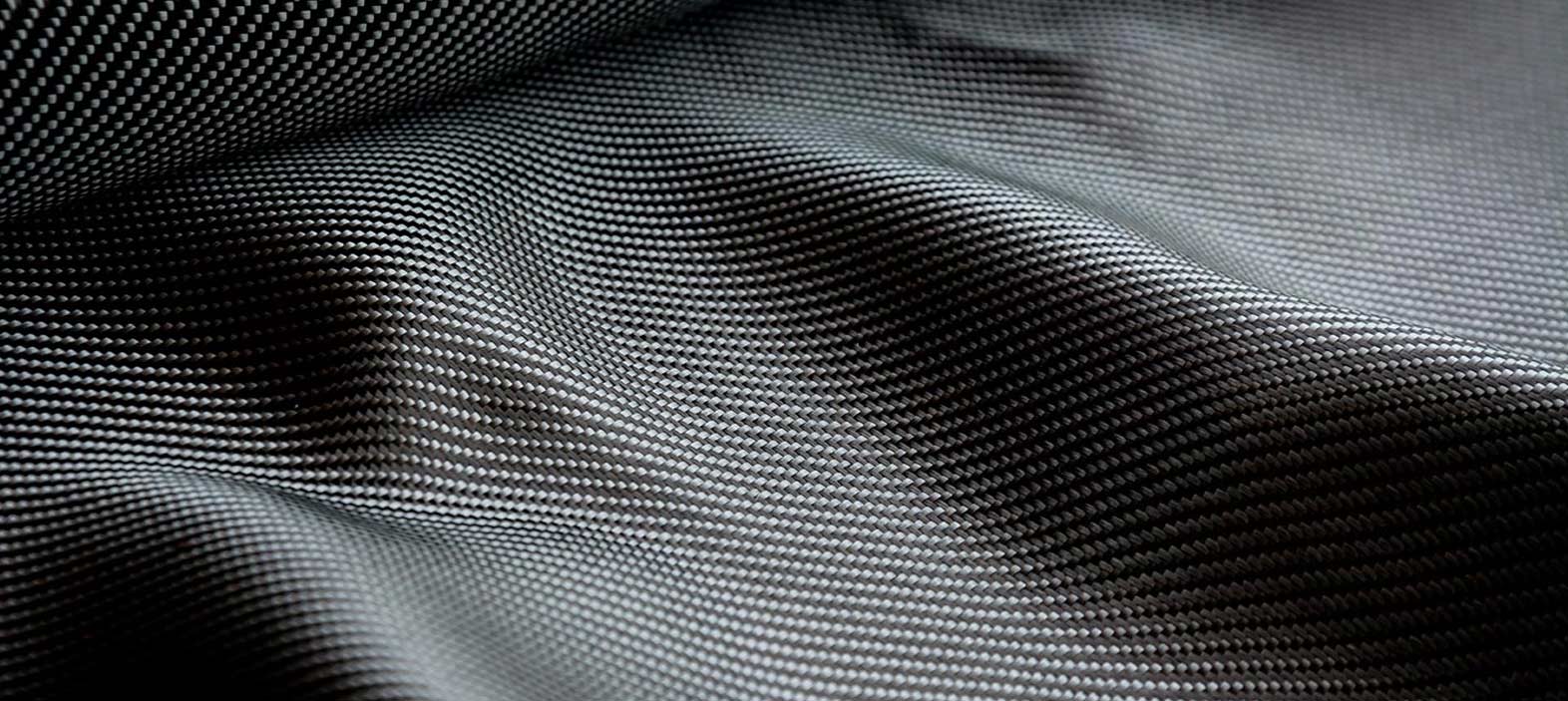
Types of Carbon Fiber Fabric: Understanding Weaves, Patterns, and Properties
👁 Reads: 821
Carbon fiber has become an essential material in a wide variety of industries due to its strength, lightness, and versatility. From aerospace engineering to automotive manufacturing, carbon fiber fabric is a preferred choice for products requiring superior strength-to-weight ratios. However, carbon fiber fabric is not a one-size-fits-all material. Different weaves, patterns, and properties offer distinct advantages depending on the specific application. In this blog post, we will explore the various types of carbon fiber fabric, their weaves, patterns, and unique properties.
What is Carbon Fiber Fabric?
Carbon fiber fabric is made by weaving carbon fibers together to create a textile material. The fibers themselves are composed of carbon atoms arranged in long chains, offering exceptional strength and stiffness relative to their weight. The fabric is usually combined with resin or other matrices to form a composite material that retains these properties while allowing for versatility in manufacturing and shaping.
Carbon fiber fabrics are commonly used for applications in high-performance environments such as aerospace, automotive, sporting goods, and more. These applications demand materials that offer high strength, low weight, and durability, all of which carbon fiber provides.
Weaves and Patterns of Carbon Fiber Fabric
The weave pattern of carbon fiber fabric affects its mechanical properties, such as flexibility, strength, and drapability. Let’s explore some of the most common weave types.
Plain Weave (1x1)
Plain weave is the simplest and most common weave for carbon fiber fabrics. In a plain weave, each fiber alternates over and under the neighbouring fibers in a regular pattern, similar to a basket weave. This pattern results in a fabric that is stable and has a uniform structure. Plain weave fabrics are often used in applications that require a good balance between strength, weight, and cost.
Properties of Plain Weave:
- High dimensional stability
- Even surface for easy resin penetration
- Moderate flexibility
- Good strength-to-weight ratio
Twill Weave (2x2, 4x4)
Twill weave is one of the most popular patterns in carbon fiber fabrics due to its excellent balance between strength, flexibility, and aesthetics. In a twill weave, the fibers follow a diagonal pattern, typically with two or more fibers going over one fiber and then under the next. This gives the fabric a distinct pattern of diagonal lines.
Twill weave fabrics are available in different variations, including 2x2 (two fibers over and two fibers under) and 4x4 (four fibers over and four fibers under). The 2x2 twill is the most common and is used widely in industries such as automotive and sports equipment.
Properties of Twill Weave:
- Better drapability compared to plain weave
- Improved flexibility and conformability to complex shapes
- Enhanced resistance to cracking
- Attractive visual appearance
Satin Weave (5HS, 8HS)
Satin weave fabrics have a more complex structure where fibers pass over several others, which results in fewer intersections between fibers. The result is a smoother surface with a shiny appearance, which is often aesthetically desirable in high-end applications. Satin weave fabrics, such as 5HS and 8HS, are often used in aerospace and motorsport due to their superior strength-to-weight ratios and performance in high-stress environments.
Properties of Satin Weave:
- Very smooth and shiny surface
- High strength and impact resistance
- Increased drapability for complex shapes
- Lightweight and flexible
Specialty Weaves
In addition to the standard weave types mentioned above, there are other specialty weaves that offer unique benefits in certain applications. These include:
Uni-Directional Carbon Fiber
Uni-directional carbon fiber fabrics have all the fibers aligned in a single direction, providing maximum strength along that axis. This is ideal for applications requiring strength in a specific direction, such as when reinforcing structural components. Uni-directional fabrics are often used in combination with other woven fabrics to create composite structures that can withstand multi-axial forces.
Properties of Uni-Directional Weave:
- Maximum strength in one direction
- Light and high-performance material
- Excellent stiffness and tensile strength
3K, 6K, and 12K Carbon Fiber
The number "K" in carbon fiber refers to the number of filaments in the fiber bundle. 3K carbon fiber has 3,000 filaments per bundle, 6K has 6,000, and 12K has 12,000. Fabrics with higher K values generally offer greater tensile strength and are used in applications where strength is critical. However, fabrics with a lower K value are typically lighter and have better drapability, making them ideal for products requiring a more complex form.
Properties of Higher K Count Weaves:
- Increased tensile strength and durability
- Higher weight capacity for heavier loads
- Stronger resistance to deformation
Factors Affecting the Choice of Carbon Fiber Fabric
When selecting a carbon fiber fabric, it is crucial to understand the requirements of the specific application. Some of the factors to consider include:
- Strength Requirements: If the application demands high strength in specific directions, unidirectional fabrics or higher K-count fabrics may be ideal.
- Forming Complexity: Twill and satin weaves offer greater flexibility and are better suited for complex shapes.
- Surface Finish: Satin weaves provide a smooth finish that is ideal for cosmetic or aesthetic applications.
- Cost and Weight Constraints: Plain weave fabrics are often the most cost-effective and provide a balance of strength and weight, making them a good option for general use.
For industries seeking top-quality carbon fiber materials, NitPro Composites offers a variety of high-performance fabrics, catering to different needs. Whether you need basic plain weave fabrics or advanced high-performance twill and satin weaves, NitPro Composites provides comprehensive solutions for diverse industries. Check out their product offerings here.





